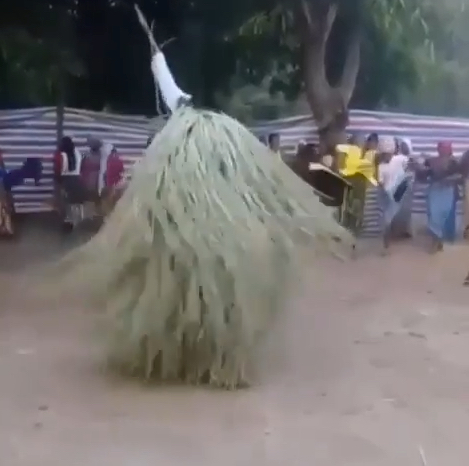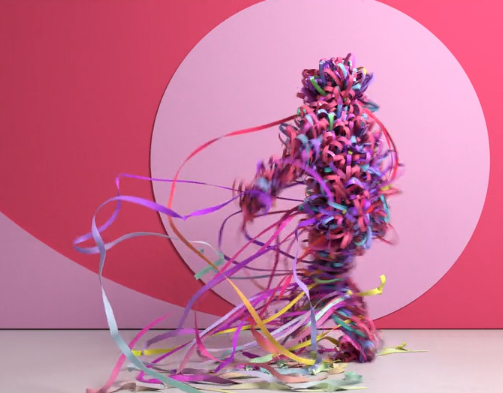On animation: 2-D or not 2-D?
On animation
24 March 2020
How many dimensions should the dust bunnies inhabit?
Sometimes I think two dimensions are quite sufficient, thank you very much. There’s entirely enough room in two dimensions to animate huge wide-ranging narratives as Disney has shown for years. 2-D is good for big yucks and sight gags too as I wrote earlier about Tom and Jerry. Alternatively 2-D animation can be stripped down to its simplest elements and still deliver fabulous dramatic impact.
Take two dimensions and add simplicity
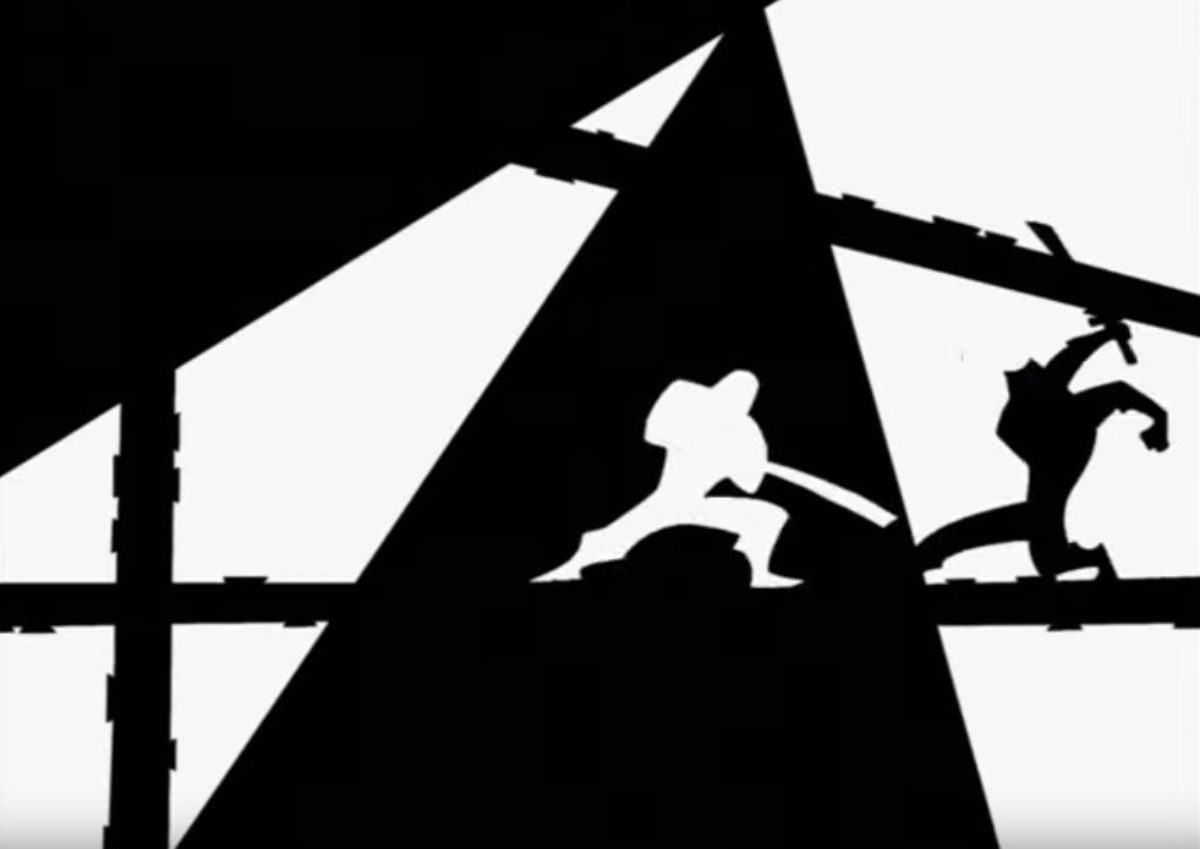
Samurai Jack in white fights with the shadow warrior, a figure in black as the sun goes down. All colour fades and the conflict between dark and light, good and evil plays out in black and white.

In Roobarb and Custard there’s a different flavour of simplicity.
From Wikipedia - The series is animated in a deliberately rough style, using marker pens and a very sketchy drawing technique, so that the pictures are constantly "shaking". This effect, known to animators as "boiling", gives an energetic character to the show, and was a contrast to the slick, smooth colouring of the American Hanna-Barbera shows that were being shown on British television.
The story I heard back in my advertising days was that Bob Godfrey just couldn’t be arsed or didn’t see any reason to make the colour or line work perfect, it worked as is and suited the character perfectly. Richard O’Brien did the voice work and very good it is too.
A voyage into the next dimension. From 2-D to 3-D
Despite my love of Thunderbirds in SuperMarionation I’m going to skip past marionettes and puppetry as a form of 3-D animation and go straight to stop-frame animation.
My intro to stop frame animation was Ray Harryhausen’s Skeleton Warriors scene (in DynaMation) for the 1963 movie Jason and the Argonauts. It was used extensively in many of the kid’s programmes I grew up on too.
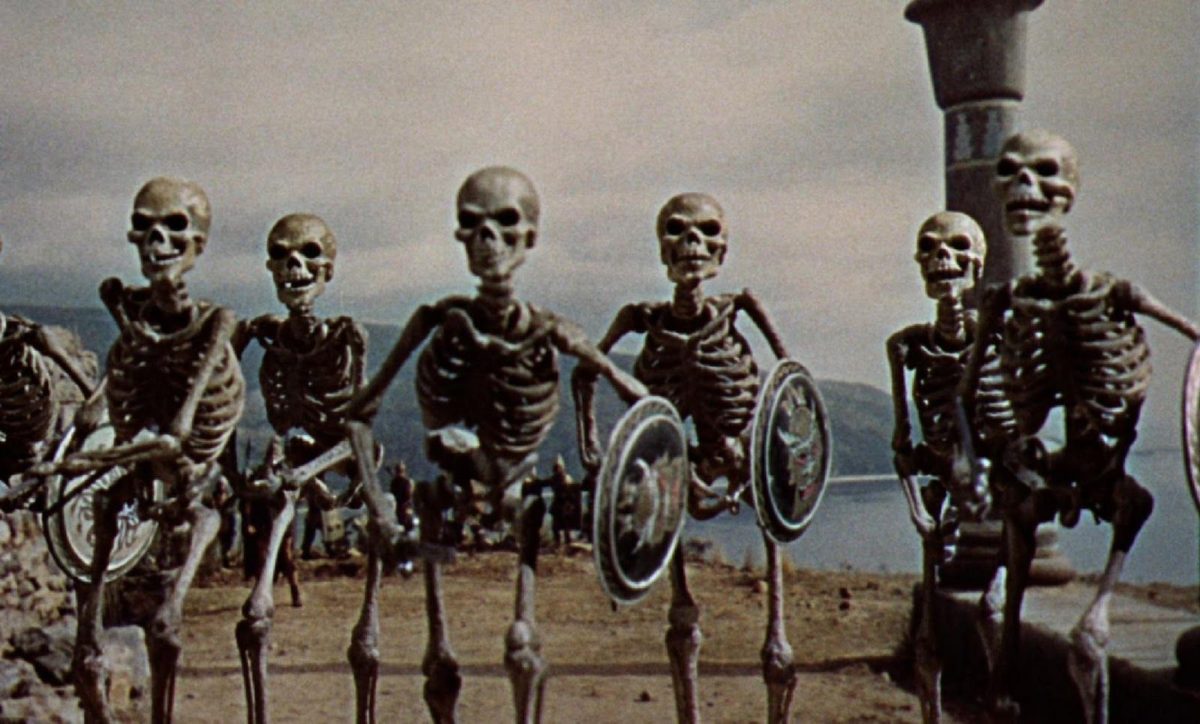
However Jan Švankmajer, a Czech filmmaker and self-described surrealist, took stop frame animation into a whole new realm of surreal, psychologically unnerving imagery. Not funny, not cute but oh so powerful.

Švankmajer has gained a reputation over several decades for his distinctive use of stop-motion technique, and his ability to make surreal, nightmarish pictures. His movies often involve clay objects in stop motion, otherwise known as claymation.
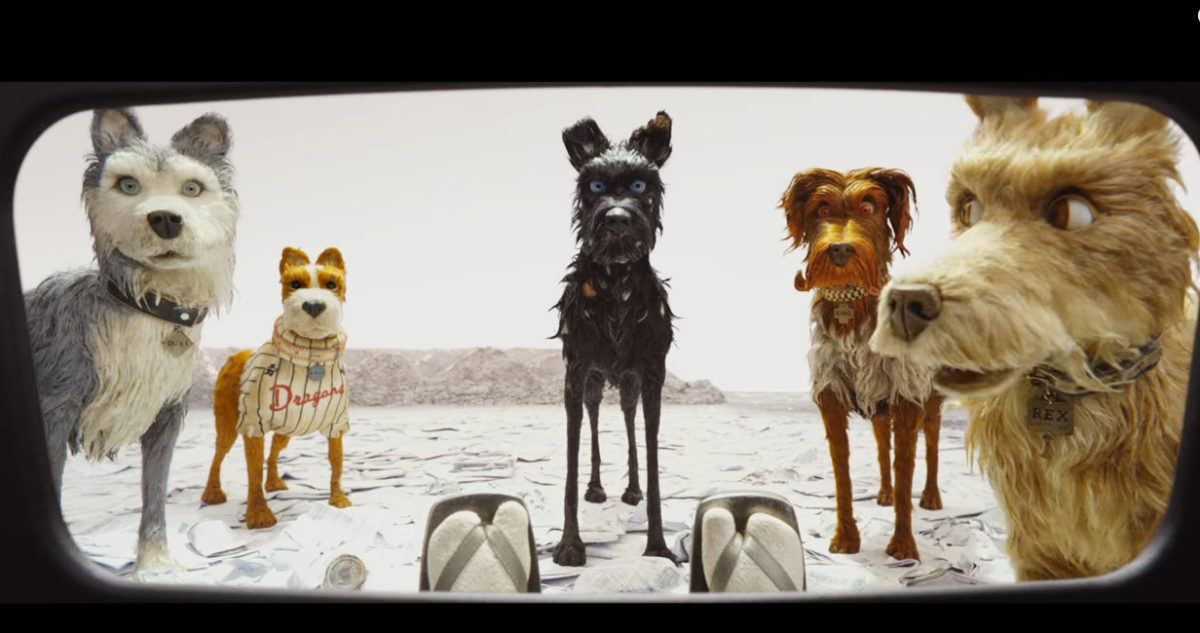
More recently Isle of Dogs directed by Wes Anderson was a lovely combo of art and craft as are the Wallace and Gromit films from Aardman animation. A long time ago I wrote a commercial involving animated origami chocolate bar wrappers but it wasn’t a patch on this level of craft.
Is this the real world or is it just fantasy?
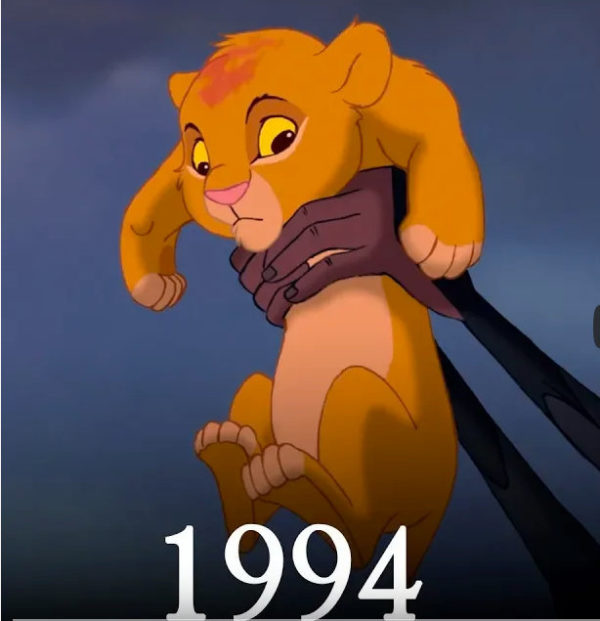
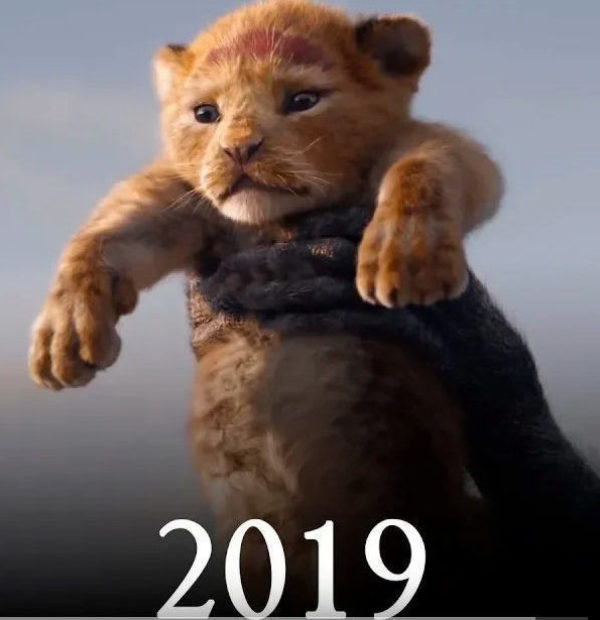
When I first saw the wee cub in the Lion King 2 trailer in glorious CGI, I thought it was a documentary.
The anatomy was true, the musculature was accurate, the fur shone and shimmered with accurate expressions of the physics of light correct down to the last photon.
It was so hyper-realistic, almost the opposite of the uncanny valley.
Compared to the crude cave wall scribblings of Roobarb and Custard, Lion King 2 is a towering baroque confection of infinite complexity, bio-mechanical accuracy, textural versimilitude and exquisitely rendered detail.
But given that I enjoyed Roobarb and the original versions of the Jungle Book and Lion King in primitive old 2D, I have to ask if the new hi-fidelity versions are necessarily more enjoyable or has CGI become a star of the show too? The craft as character? It looks like it.
Capturing movement and recreating expression
In the references below, there are examples of all sorts of textures and particulates mapped on to dancing figures. I am confident that animating dust bunnies dancing to the music of The Wind will be, to use the technical term, a breeze.
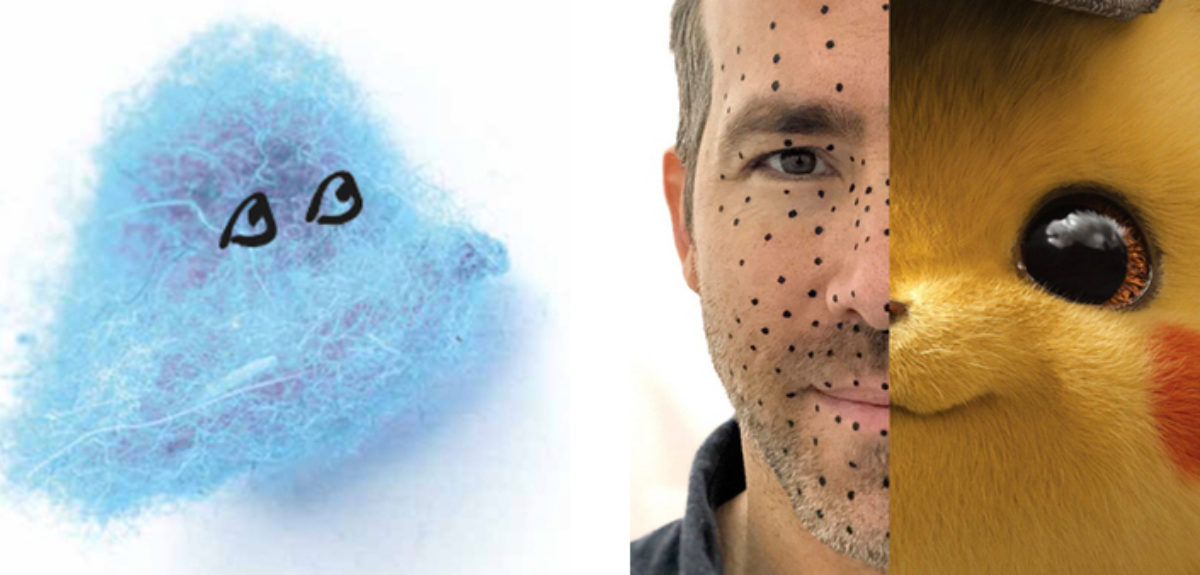
References
Doing it old school. A Gambian dance called the Zangbeto
https://gfycat.com/politicalbelatedliger-dog
